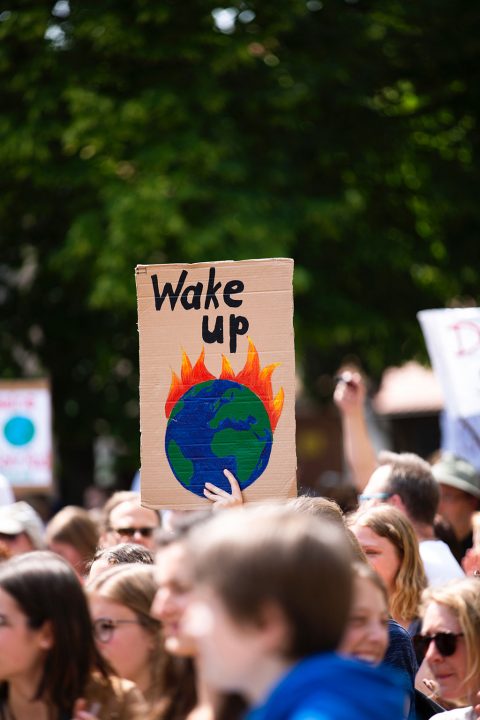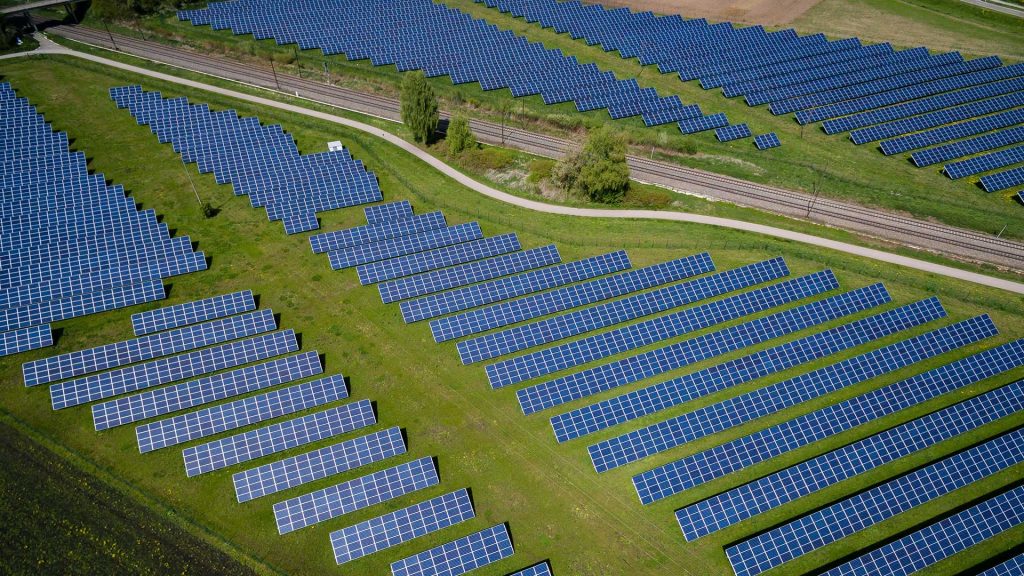The Youth Assembly’s 10 Recommendations & Their Potential Future Effects
Our climate is surely changing. All continents are experiencing natural […]
Date Posted:
February 19, 2020
Our climate is surely changing. All continents are experiencing natural systems’ alterations.
Climate change is leading to growing uncertainty about our future, but at least one thing is sure. We will leave the Earth to our children, youth, and future generations.
Today, more and more young people realize the challenges and benefits of shifting to low-carbon development strategies. They take part in the global dialogue and take active steps in this direction.
Youth around the world fight climate change by shaping a new promising future. Their engagement is an essential component in increasing political will to reach a universal agreement on climate change.
However, at this pace of life, students often face the problem of lack of time. It is not always possible to combine study, work, and volunteering.
Luckily, today every student can resort to “plan B.” Writing essay service offers an opportunity to complete written assignments by professionals. So no more college or uni related excuses – start making a difference now!
During the first Youth Assembly on Climate Change in Ireland, more than 150 young people came up with their ideas to fight global warming. In this way, they encourage elected representatives and adults to act.
In this article, you will find the top seven recommendations and examples of their implementation from all around the globe.
Higher Taxes on Carbon-Intensive Activities
A carbon tax is a well-proven tool to reduce the emissions of greenhouse gases in the most cost-effective manner.
The fee works in accordance with the principle of “cap and trade.” The government limits the total amount of CO2 emissions. Thus, companies are required to have a license for each ton of CO2 emitted.
Investing in Renewable Energy Sources
Here is a good example. Germany is breaking records in “green energy.” During the previous few years, renewable sources have generated more energy than coal or nuclear power plants. The proportion of electricity generated from solar, wind, biomass, and water energy reached 47.3%.
These results show that nothing is impossible provided political will, technical means, and the appeal from the general public.
Distribute Solar and Wind Energy
It is well-known that the use of solar and wind energy can have a beneficial effect on the climate. This strategy significantly reduces our dependence on fossil fuels producing greenhouse gases.
According to research published in Science magazine, if wind turbines and solar panels were installed throughout the Sahara, there would be more rainfalls and plants.
Besides, the batteries could provide an alternative eco-friendly energy supply anywhere in the world.
Protecting Forests
The idea is to allocate 10% of all land owned for agricultural use to forestry.
Nowadays, all countries in the world have enough opportunities to preserve the planet’s forest cover. For instance, Kenya has launched a promising project sponsored by Solar Cookers International.
The organization produces pots made of cardboard and aluminum foil, at the cost of $10 apiece. Cooking in such pots using solar energy takes only two hours. This project helps to reduce the amount of firewood burned.
Introducing a Tax on Greenhouse Gas (GHG) Emissions in Agriculture
New Zealand is now actively supporting this trend. The government is going to introduce a tax on greenhouse gas emissions from fertilizer and livestock production.
One of the points is that if farmers implement climate compensation measures, such as planting trees, the state budget should cover their expenses.
Changing Food Labelling and Pricing
Organic food has become a global trend. However, standards for the production of such food do not take into account the negative effects on the climate.
For example, organic mangoes from Brazil are more dangerous to the environment than an apple from a neighbor’s garden. Simply because shipping a product from South America to Europe itself means extra emissions from transport.
To this end, Germany has decided to implement the following idea – the color labeling of food products based on the “traffic light” principle.
Supporting Forest Planting and Promoting Organic Farming
Organic farming aims to provide people with healthy and affordable food that does not contaminate the environment with chemicals.
It eliminates pesticides and chemical fertilizers, maintains soil fertility, and has a positive impact on climate protection. Another, no less important part is focusing on planting more trees all over the world.
Final Words
Determined young people around the world are doing a fantastic job in combating climate change in their regions. Sharing information and experiences on the most successful projects, programs, and campaigns is crucial.
The contribution of young people is essential to the development of a low-emission, climate-resilient concept for building a better future. Now it is a time to change, a time to act.

